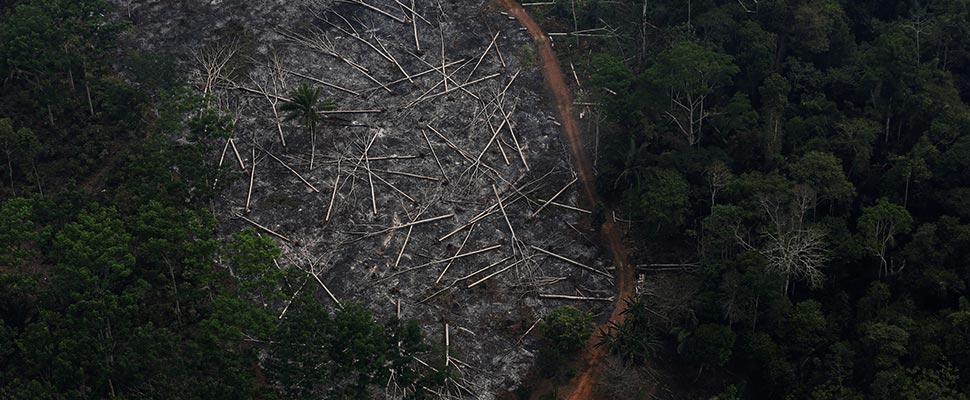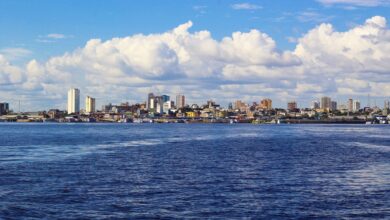Deforestation: a constant threat to Latin America
According to reports from the World Wide Fund for Nature, there are 9 fronts on which deforestation is advancing by leaps and bounds in Latin America .

Deforestation in Latin America is advancing rapidly on several fronts. / Photo: Reuters
LatinAmerican Post | July Vanesa López Romero
Listen to this article
Leer en español: Deforestación: una amenaza constante para Latinoamérica
On January 13, the World Wide Fund for Nature (WWF) published the report Deforestation Fronts; Drivers and responses in a changing world where an analysis of 24 deforestation fronts in the world, their causes, consequences and responses is carried out, focusing on reviewing how the causes are connected over time . In these places there is a high concentration of deforestation points, so the large areas of forest in them are constantly threatened.
According to this report, "Over 43 million hectares were lost in these fronts between 2004 and 2017, an area roughly the size of Morocco." The report focuses on the tropics and sub-tropics, which account for at least two-thirds of global forest loss. Likewise, the report alarms about the trend of deforestation on these 24 fronts, emphasizing that it will persist over time unless collective actions are taken and approaches to the problem are carried out that have a meaning and connection between them, as it will not make sense that the actions proposed and taken do not reinforce one another.
For this report, it was extremely important to connect the causes of deforestation and the responses that have taken place in order to understand the dynamics of the problem on the fronts. The main culprits for this phenomenon are the expansion of commercial agriculture (both small and large scale), tree planting and land speculation . Infrastructure and extractive activities such as mining also play an important role as drivers of deforestation and, over time, they become more important.
To combat the problem on these fronts, there have been responses from both state and private actors and institutions over the last few years. The report draws attention to the importance of "Acknowledging the potential and limits across approaches and responses is critical, as well as the synergies that are needed for responses to be more effective to tackle deforestation and forest degradation while avoiding negative social impacts, and achieving more inclusive and equitable outcomes".
Also read: The United States returns to the Paris Agreement and more environmental news
That is why the results of this report are especially focused on helping governments, corporate sectors and civil organizations that are working to combat deforestation on these 24 fronts.
Latin America under the magnifying glass
The greatest loss of forests is found in Latin America, sub-Saharan Africa, Southeast Asia and in Oceania. In Latin America there are 9 fronts (the region where most of the fronts are):
- Amazon in Brazil
- Amazon in Colombia
- Amazon in Peru
- Amazon in Bolivia
- Amazon in Venezuela / Guyana
- Gran Chaco in Paraguay / Argentina
- Chocó-Derién in Colombia / Ecuador
- Closed in Brazil
- The Mayan jungle in Mexico / Guatemala
Regarding the causes of deforestation in the region, cattle ranching, large-scale agriculture, mining, transportation infrastructure and forest fires stand out the most. According to a WWF press release, " Colombia is facing a unique opportunity in political terms to address this problem, because precisely on December 29, the national government presented its Nationally Determined Contribution (NDC) to the United Nations as a contribution for compliance with the Paris Agreement on Climate Change ".




